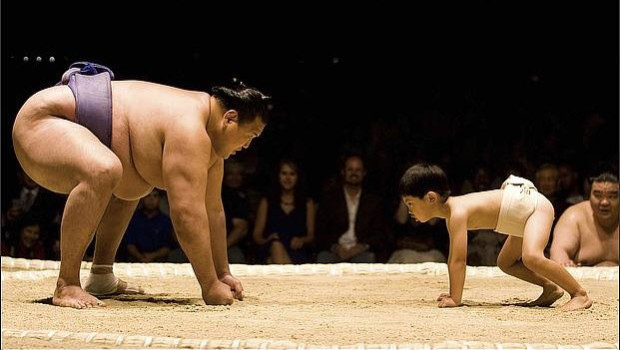Focus on Fairness in Local Competition
Published on April 27th, 2016
Fair competition is a central tenant in all athletic competition. Fairness can be realized in many ways. Team sports such as softball are organized in leagues based on skill levels. Bowlers are handicapped based on personal performance relative to a league standard. Personal performance and course difficulty are considered in golf handicapping. Sailing is perhaps unique in that it handicaps boats and not sailors.
If golfers were handicapped in a manner similar to yachts, then each model and brand of clubs would have its own handicap based on the performance of everyone who used the same club model and brand. Under a system like this, woe to the average duffer who thought he could improve his game by using the same brand and model of clubs that PGA Tour Leaders use.
Club manufacturers might well object to this kind of handicapping as their profits are based on the duffers’ belief that better clubs yield better scores.
Some parts of our sport implicitly recognize that not all boats of a class are equal, even with one-design boats. Scholastic competitors often use boats provided by the hosting school and sail in a round robin competition so that every crew sails on every boat. In the end no crew has an advantage due to boat factors alone, sailing skill determines the winner.
Why Does this Matter?
Sailing and competitive sailing in particular is experiencing a decline in participants. Many factors are contributing to this phenomena, with one factor at the local level being the dominance of a few boats in a fleet.
The lifeblood of our sport is the thousands of recreational sailors competing in Wednesday night beer can races. This is where sailors’ passions are ignited, youth are drawn to the sport, and competitive sailors hone their skills. This is the market that supports equipment manufacturers. This is the market for race worn competitive boats. This is the sport’s base.
Fair competition at this level is thwarted by a handicapping system that handicaps classes of boats rather than a skipper and a particular boat. In the absence of fair competition, interest wanes in those middle of the fleet skippers and developing skippers who never see a podium finish. Recruiting and retaining crew, investing time and financial resources in to what seems to be a losing proposition does not bode well for fleet growth.
Consider this simple question: If the worst sailor in a fleet sails his best ever race while the best sailor in the fleet sails his worst ever race, who should win?
If you answer the worst sailor should win, then the next question is: Does the handicapping system enable this sailor to win?
The answer is that class based handicaps as opposed to individual skipper/boat handicaps do not enable the worst sailor to win.
In effect, a class-based system provides an inherent advantage to the highly competitive top tier sailor who routinely sails faster than the class handicap. If this sailor routinely sails 12 sec/mile faster than the class handicap, then in effect he can give up 12 sec/mile and still sail at the class rating. Conversely, if the worst sailor consistently sails 12 sec/mile slower than the class handicap, he has to make up those 12 sec/mile just to sail at the class handicap.
In this hypothetical case there would be a 24 sec/mile difference in performance in what should be a fair and equal rating.
Note: This was an excerpt from a paper by David Lochner and Richard White.









 We’ll keep your information safe.
We’ll keep your information safe.